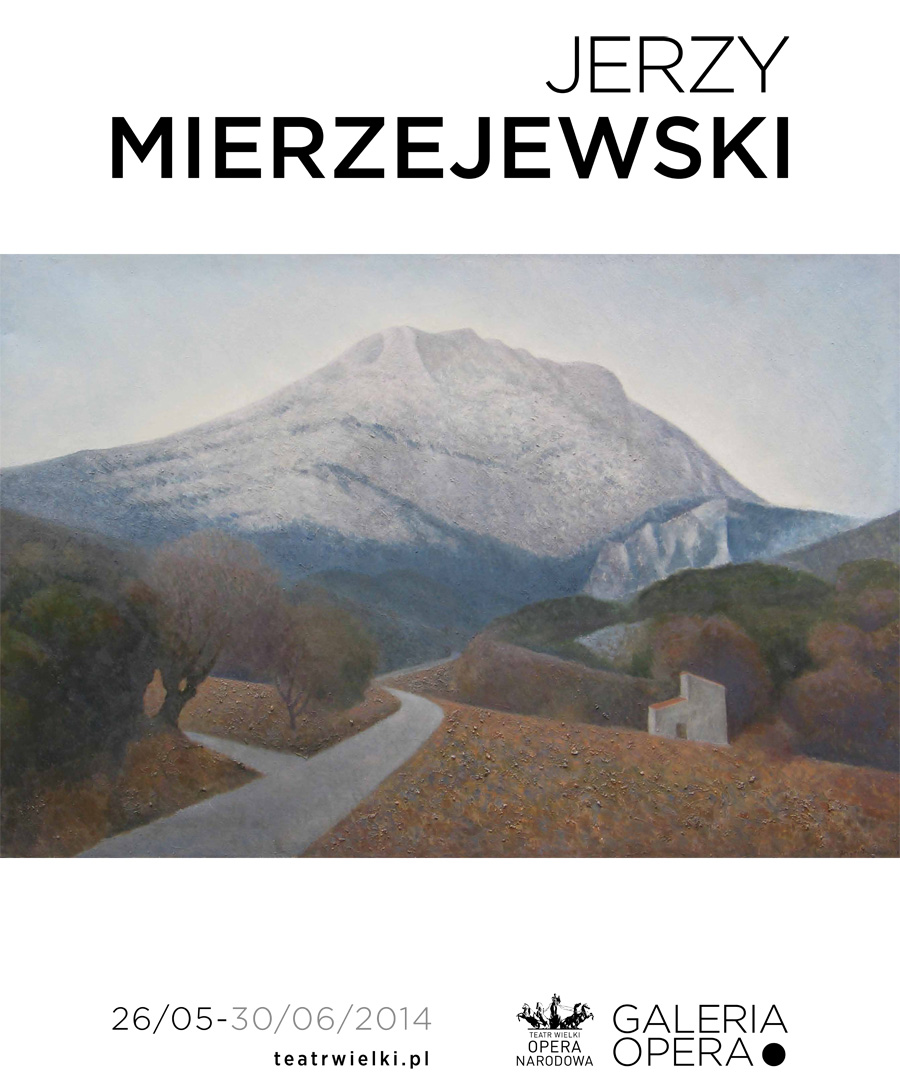 The white wall of Opera Gallery at the Teatr Wielki – Polish National Opera disappeared under paintings of Jerzy Mierzejewski, an excellent painter boasting an individual style that cannot be classified under any known label. Those who came to see the last exhibition of the 2013/14 season, entered from tumultuous streets of Warsaw into a world of silence, contemplation, and harmony. The beauty and mysteriousness of a world where the presence of a human being can be felt also in paintings that do not depict any people prompts one to ponder on the intangible and immaterial. And notice the invisible.
The white wall of Opera Gallery at the Teatr Wielki – Polish National Opera disappeared under paintings of Jerzy Mierzejewski, an excellent painter boasting an individual style that cannot be classified under any known label. Those who came to see the last exhibition of the 2013/14 season, entered from tumultuous streets of Warsaw into a world of silence, contemplation, and harmony. The beauty and mysteriousness of a world where the presence of a human being can be felt also in paintings that do not depict any people prompts one to ponder on the intangible and immaterial. And notice the invisible.
The exhibition features landscapes, portraits of dramatic heroines, interiors of special significance to the painter, and his excellent self-portrait of 1946. Judyta (Judith), Medea, and Antygona (Antigone) were all inspired by the theatre. From the gallery's distant corner Gaba (oil on canvas, 1996) was melancholically gazing at the visitors.
The opening gathered representatives of the arts, theatre, and cinema – cirles close to the artist, a professor and then dean of a department of the Łódź Film School. Among the paintings were portraits of the artist's brother and father – fauvist painter Jacek Mierzejewski, as well as depictions of his living room, study, and the view from his bedroom.
The atmosphere was topped off with photographs of the artist by Krzysztof Hejke.





